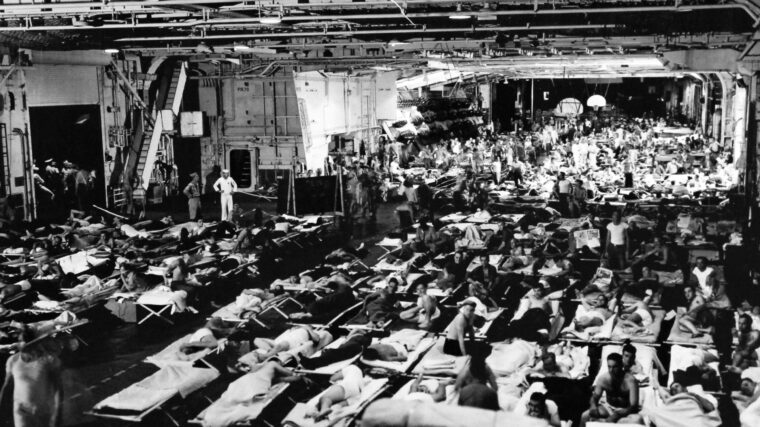
WWII
Operation Magic Carpet
When World War II in Europe came to an end, General Dwight D. Eisenhower, Supreme Commander Allied Expeditionary Force, published a victory message to the troops. Read more
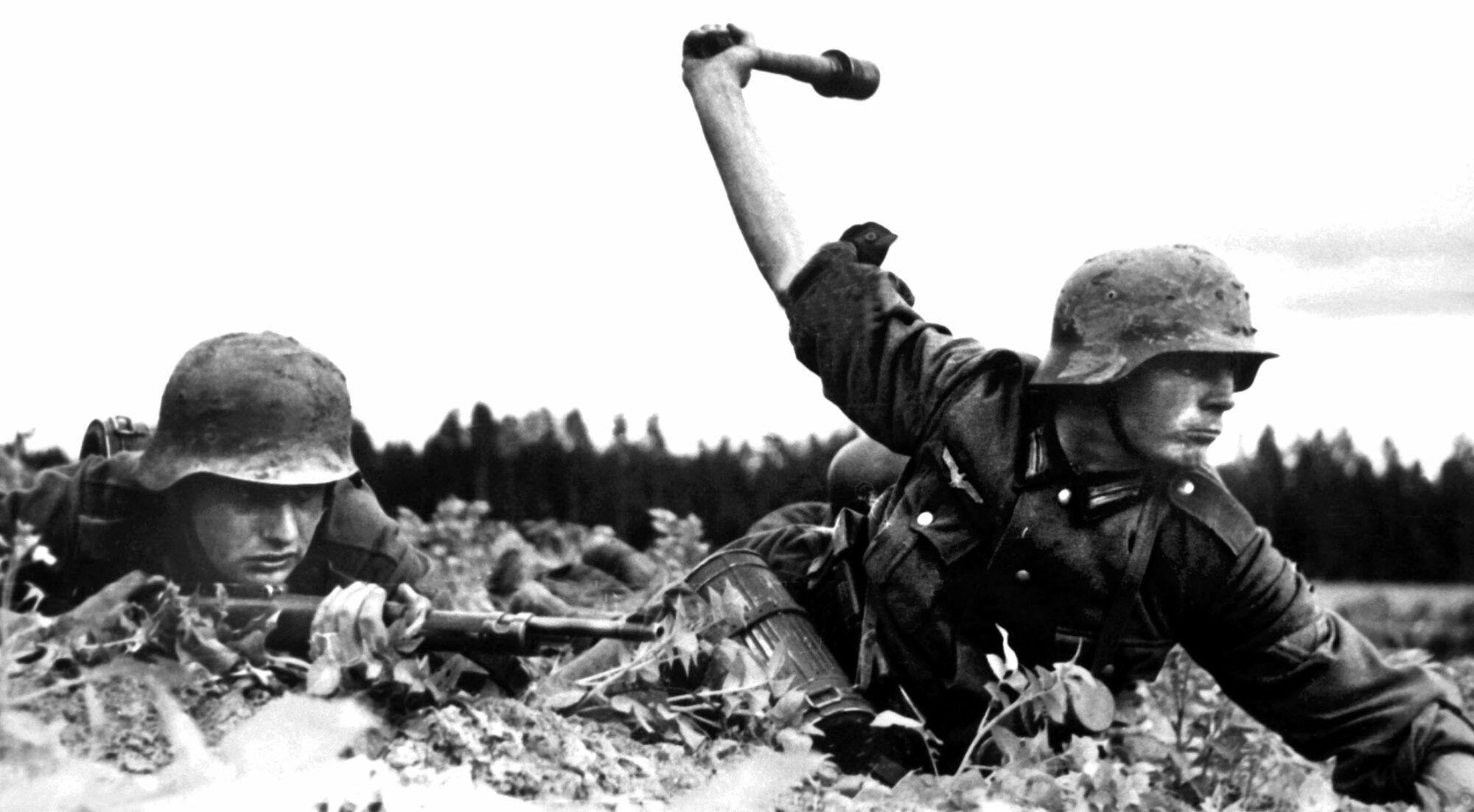

WWII
When World War II in Europe came to an end, General Dwight D. Eisenhower, Supreme Commander Allied Expeditionary Force, published a victory message to the troops. Read more
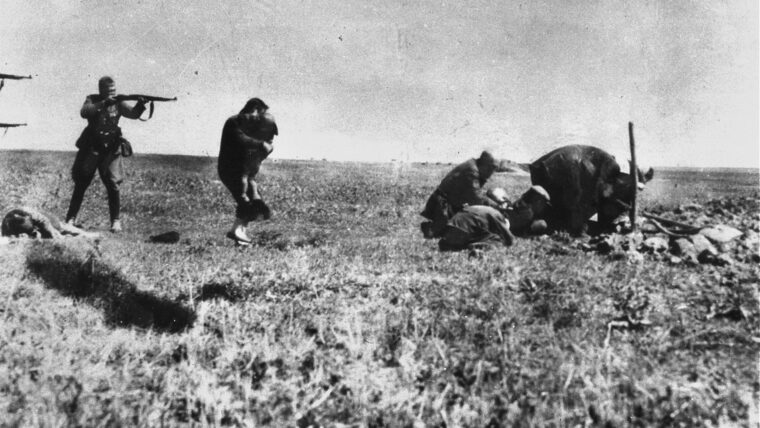
WWII
The wide-scale murder of Jews by Nazi Germany’s Einsatzgruppen began in Poland in September 1939, protested only by German Army Generals Johannes Blaskowitz and Georg Kuchler. Read more
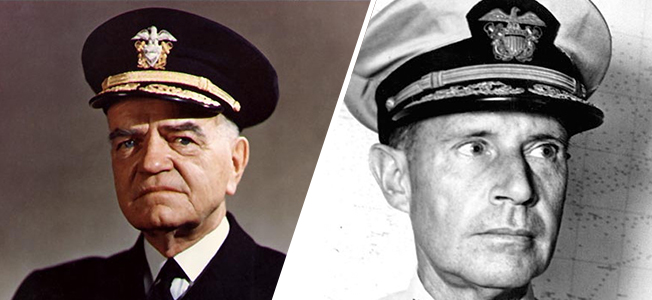
WWII
On the eve of the turning point of World War II in the South Pacific, the U.S. Navy’s most experienced aircraft carrier commander, Admiral William F. Read more
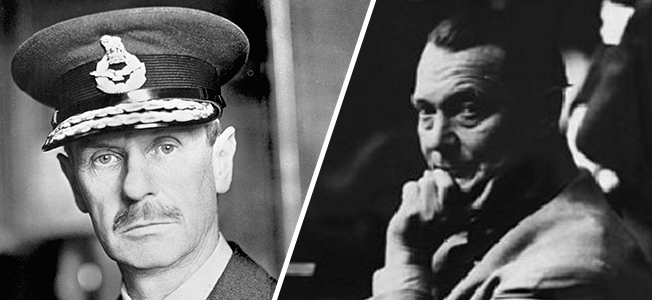
WWII
By the summer of 1940, Hitler’s Nazi war machine had advanced from victory to victory, crushing Poland, overrunning France and the Low Countries, and ejecting Allied forces from the continent of Europe at Dunkirk. Read more
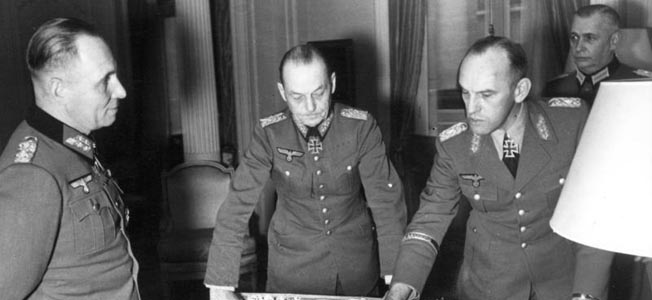
WWII
The Allied invasion of Nazi-occupied Europe was inevitable as the tide of World War II turned against Germany. Read more
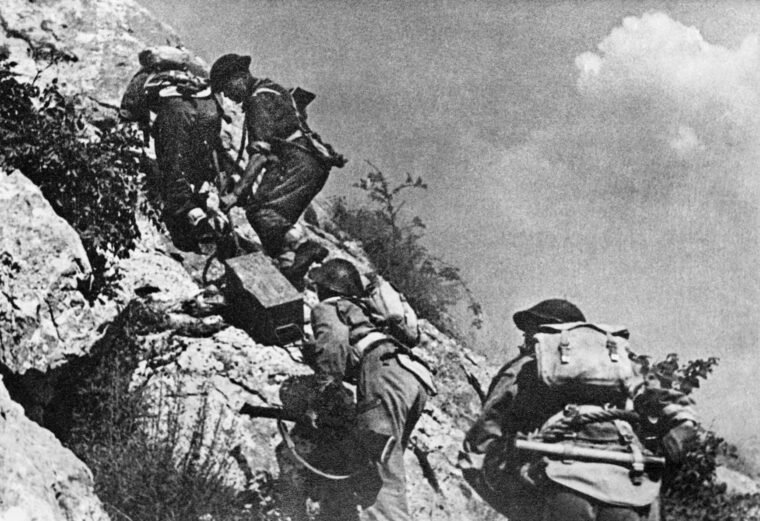
WWII
I wrote previously about my guided three D-Day tours in the summer of 2014. I repeated the tour-guiding experience in May and June this year for the Minnesota World War II History Roundtable during a tour of Fifth Army battlefields in Italy. Read more
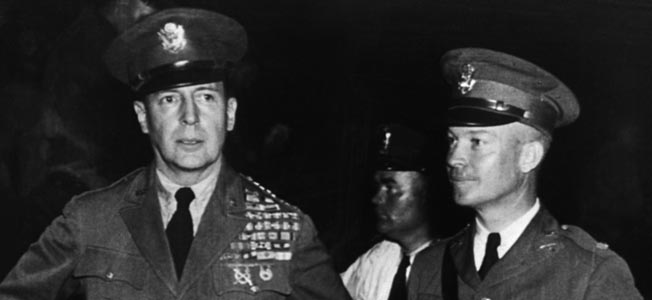
WWII
Two of America’s most famous senior commanders to emerge from World War II were Eisenhower and MacArthur. These officers were largely responsible for command decisions that resulted in Allied victories in the South Pacific and in Europe. Read more
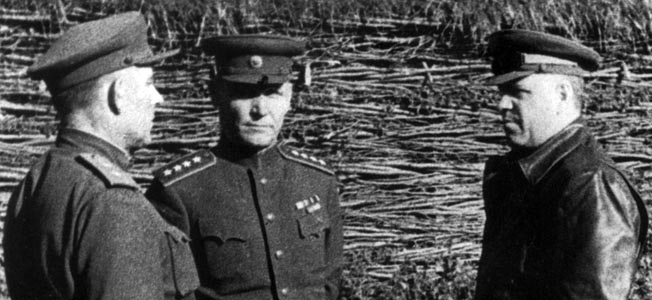
WWII
On orders from Soviet Premier Josef Stalin, the offensive that resulted in the capture of the Nazi capital of Berlin in April 1945, developed into a race between the army groups of two Soviet commanders, Marshal Georgy Zhukov and Marshal Ivan Konev. Read more

WWII
The most contentious of command rivalries during World War II involved General George S. Patton, Jr., of the U.S. Read more
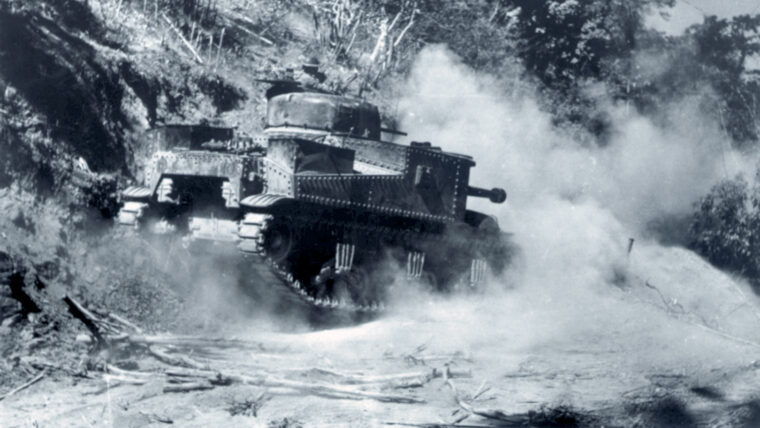
WWII
In the misty early morning of February 4, 1944. thousands of Japanese troops marched silently through the jungle in the first move of their counter-offensive against the British-Indian XV Corps attempting to advance south in the Arakan region of Burma. Read more
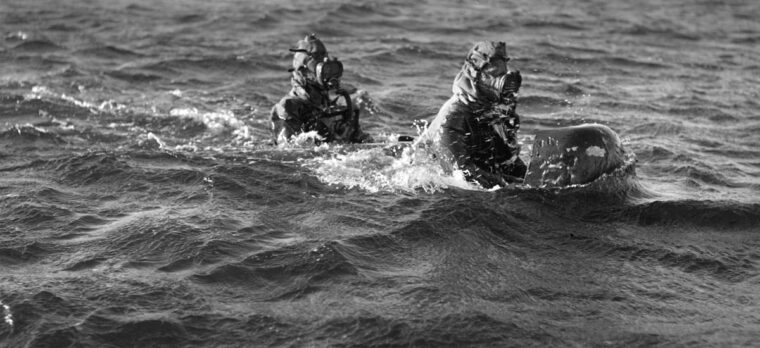
WWII
On a dark night in September 1941, moving at periscope depth, an Italian submarine edged into Gibraltar Bay near the British harbor. Read more
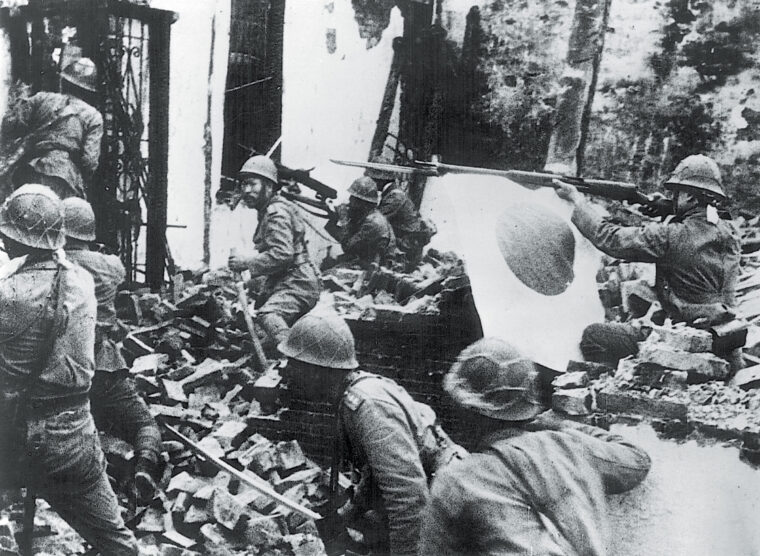
WWII
One of Franklin D. Roosevelt’s longtime interests was the hidden world of espionage. In the months before the United States entered World War II, the commander-in-chief was dabbling in the covert world of intelligence-gathering, using a number of trusted personal friends as his own private eyes and ears around the globe. Read more
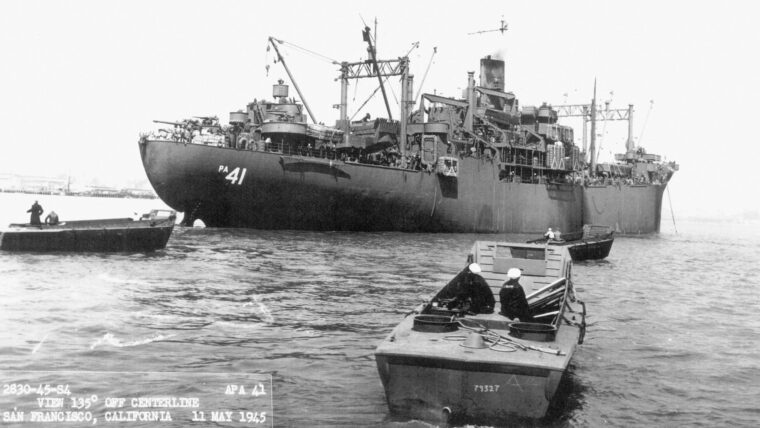
WWII
The mighty invasion armada for the main thrust at Luzon in the Philippine Islands was being assembled on December 28, 1944. Read more
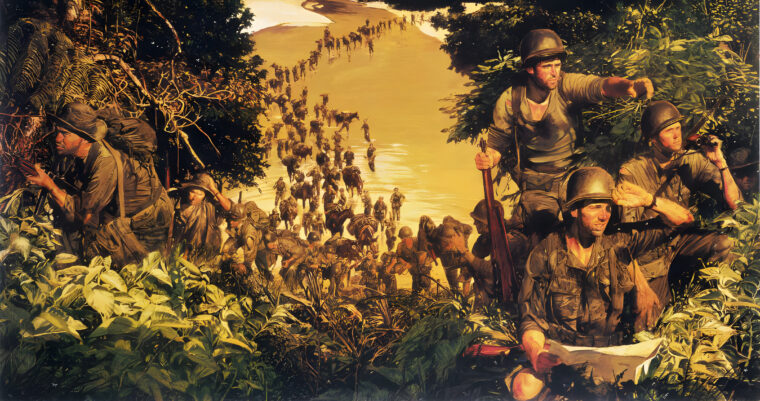
WWII
A series of swift victories took Japanese troops to the gates of India in 1941-1942 when British and Indian units fell back to the Assam hills northwest of Burma. Read more
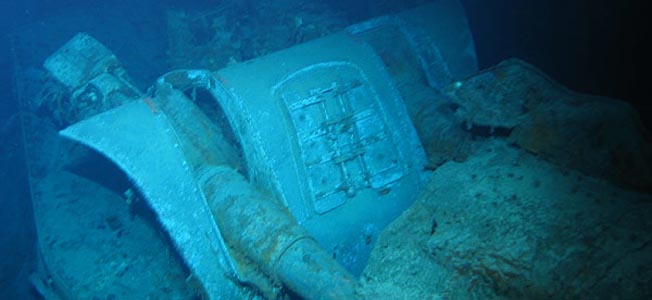
WWII
In November 1941, about 150 miles off the west coast of Australia, a singular naval battle was fought that had great implications for all struggles at sea, past and future. Read more
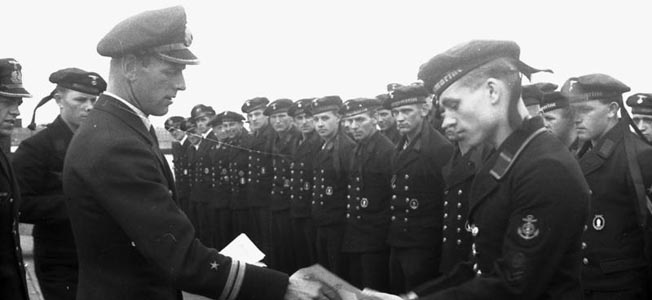
WWII
Germany operated surface auxiliary cruisers, sometimes termed commerce raiders, in both world wars. The defeat of France in June 1940 opened Atlantic Ocean ports to the Germans for the first time, greatly facilitating access to the high seas by such raiders. Read more
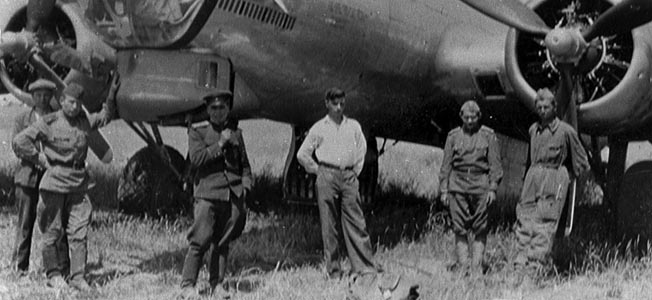
WWII
Operation Frantic was a seven-shuttle bombing series conducted by American bomb squadrons operating out of Southern Italy and Great Britain. Read more
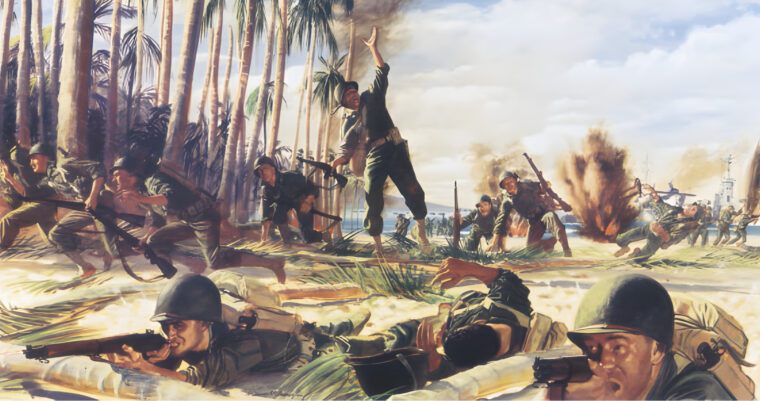
WWII
Angelo J. “Red” Mantini was hardly an angel growing up in the small coal-mining towns of western Pennsylvania in the 1930s. Read more
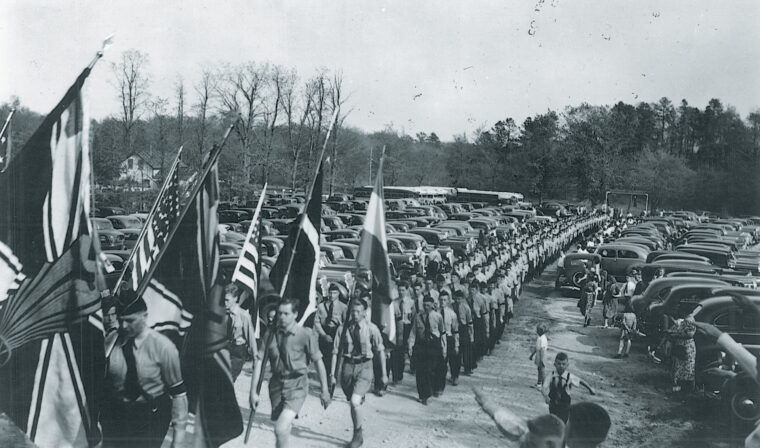
WWII
CONFIDENTIAL TO LEADERS
It is a well-known fact, of course, that any movement needs something to dramatize it, to appeal to the public’s sense of sensationalism. Read more
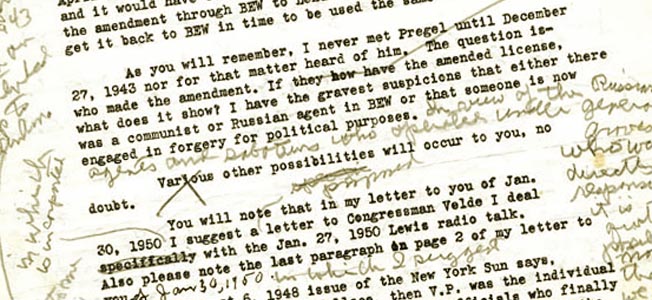
WWII
The records of the House Unamerican Activities Committee are kept in the National Archives in Washington, DC. The collection of “Unamericans” is stored in pull-out drawers, filling an entire wall in the building’s Legislative Archives. Read more